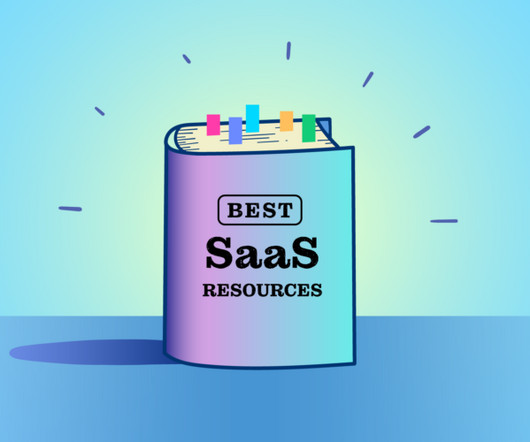Benchmarking WorkDay's S-1 - How 7 Key SaaS Metrics Stack Up
Tom Tunguz
OCTOBER 12, 2014
This post is part of a continuing series evaluating the S-1s of publicly traded SaaS companies in order to better understand the core business and build a library of benchmarks that might be useful to founders. Today, we’ll explore one of the enterprise behemoths, both in market cap and average revenue per customer: WorkDay.














Let's personalize your content